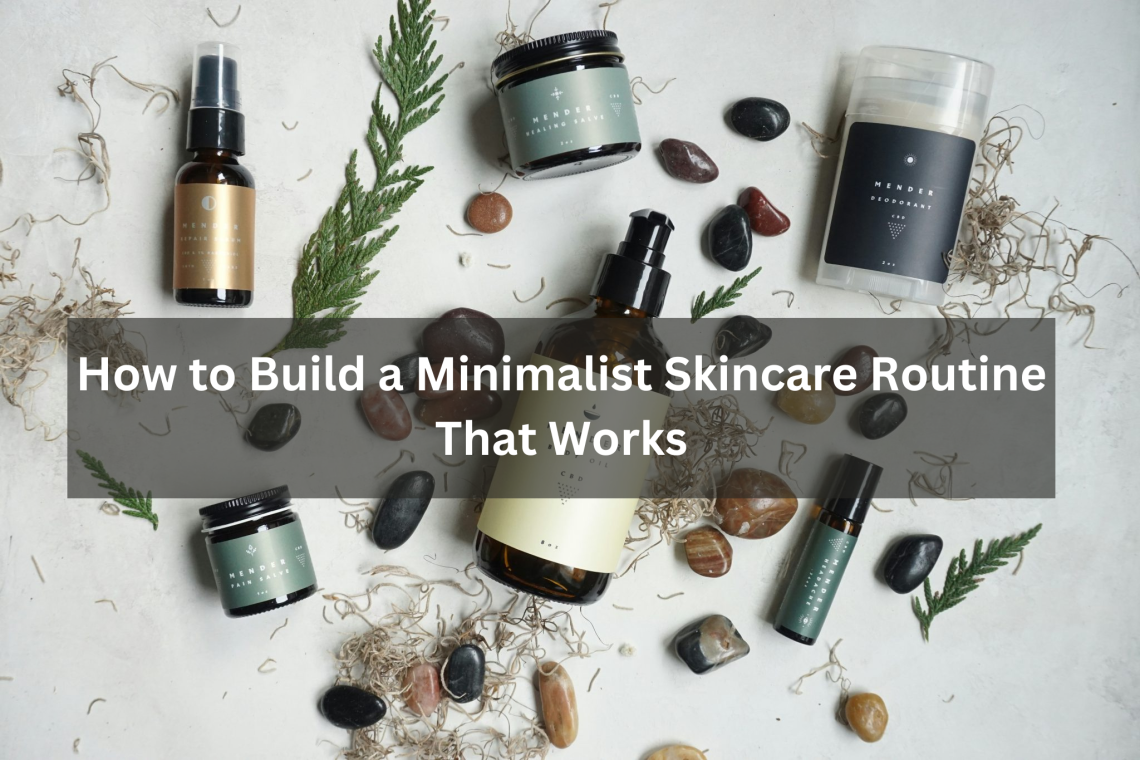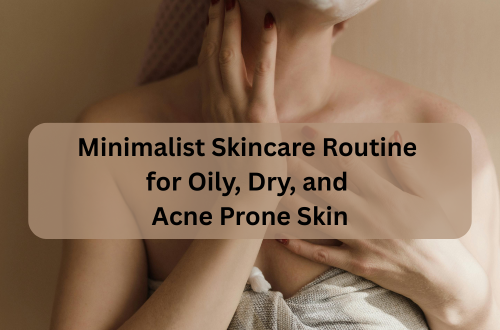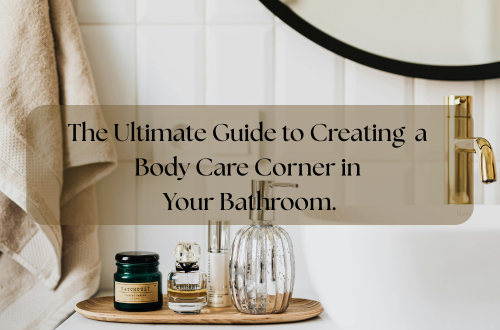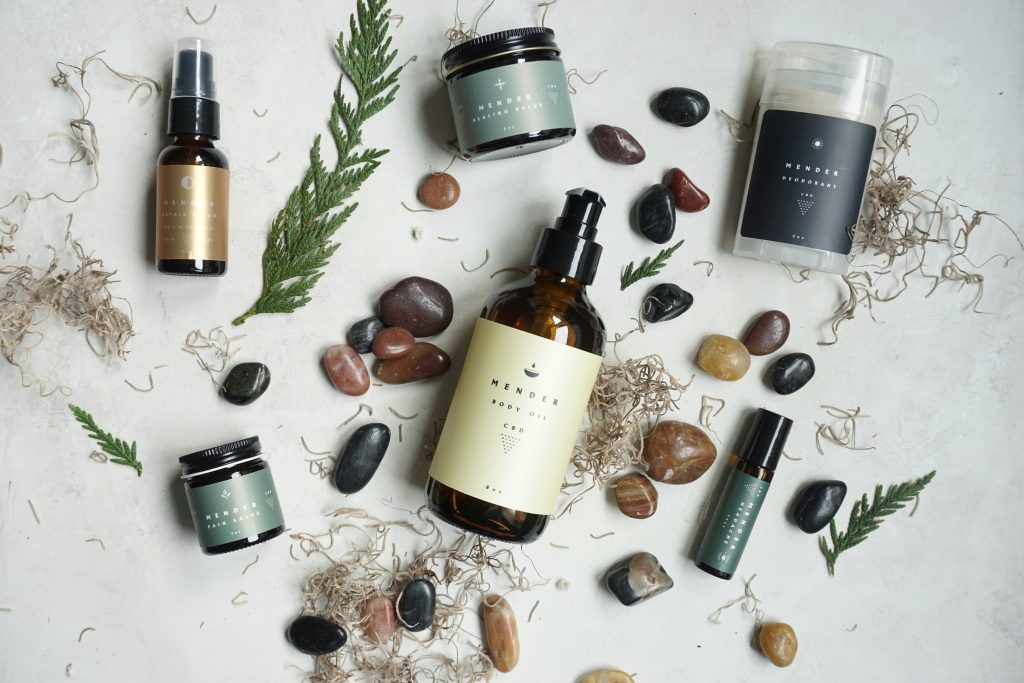
A few years ago, my bathroom counter was overflowing with serums, toners, and masks. I had fallen into the trap of overloading my skin with every trending product, convinced that more was better. But despite my elaborate routine, my skin was far from perfect—it was irritated, breaking out, and dull. Frustrated, I decided to simplify. With the hot buzz on social media portraying 10 steps routines and serums that is so expensive, one can easily equate more products to better skin. Buts that is usually not the case. A minimalistic skincare routine is built on essential products that actually works which would save you a lot of time, money and potential irritation that may occur.
What started as an experiment turned into a game-changer. My skin thrived with fewer, high-quality products, and I discovered the beauty of a minimalist skincare routine.
If you’re tired of complicated routines and want a simple skincare routine that works, this guide will help you cut through the noise. Let’s build an effective, minimalist skincare routine that keeps your skin healthy and radiant without the unnecessary steps.
Now that we understand why simplicity is vital, let’s break down the fundamental stages for a minimalist gentle skincare routine that actually works.”
Step 1: Start with the Right Cleanser
Cleansing is the cornerstone of any routine. A good cleanser removes dirt, oil, and impurities without stripping your skin’s natural moisture. Choosing a cleanser fit for your skin type helps avoid overloading or peeling of the skin. While cream cleansers feed dry skin, a gel-based cleanser is excellent for oily skin and a foamy cleanser is great for a combination skin. Always wash with lukewarm water because hot water might erode your skin barrier.
Best practice: opt for a gentle, sulfate-free cleanser that suits your skin type. Gel cleansers are great for oily skin, while cream cleansers work well for dry or sensitive skin. If you wear makeup, consider double cleansing with an oil-based cleanser followed by a water-based one.
Step 2: Hydrate with a Multi-Purpose Serum

Instead of layering multiple serums, a minimalist skincare routine focuses on one powerful serum that addresses your skin’s key needs.
Best practice:
- Hyaluronic acid for deep hydration and plumper skin.
- Vitamin C for brightening and antioxidant protection.
- Niacinamide to regulate oil production and even out skin tone.
Choose a serum that targets your primary concern and apply it after cleansing.
An illustration would be
Assume for the moment that your primary skin issue is dullness and uneven tone. In the morning, instead of piling several serums, choose a vitamin C serum.
Wash then dab some Vitamin C serum on your face.
Let it soak for a minute; then, apply moisturizer and SPF.
Should you have dry skin, you could choose Hyaluronic Acid serum instead:
To lock in moisture, wash and then treat damp skin with a lightweight Hyaluronic Acid serum.
use a moisturizer to lock in hydration.
Choosing only one targeted serum keeps your skincare routine simple yet efficient, providing just what your skin needs without overloading it.
Step 3: Lock in Moisture with a Lightweight Moisturizer
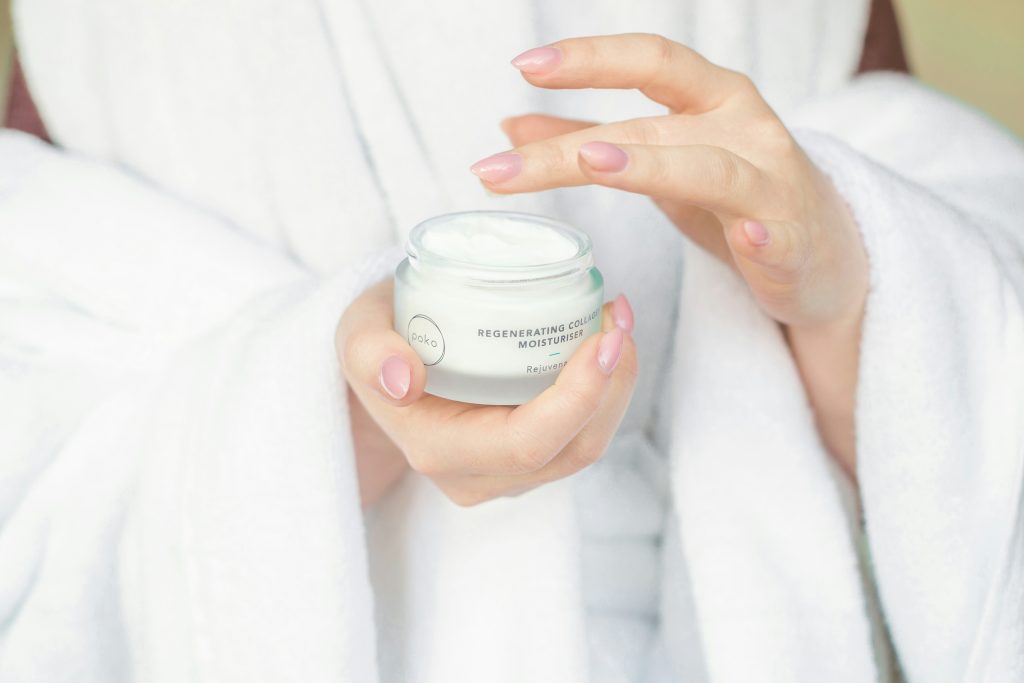
Consider your moisturizer as a shield; its strengthens your skin , seals in hydration and maintains happy skin.
Best practice:
- Gel-based moisturizers suit oily or combination skin.
- Cream-based moisturizers work best for dry or sensitive skin.
- Look for ceramides, squalene, or glycerin for optimal hydration.
Step 4: Never Skip Sunscreen
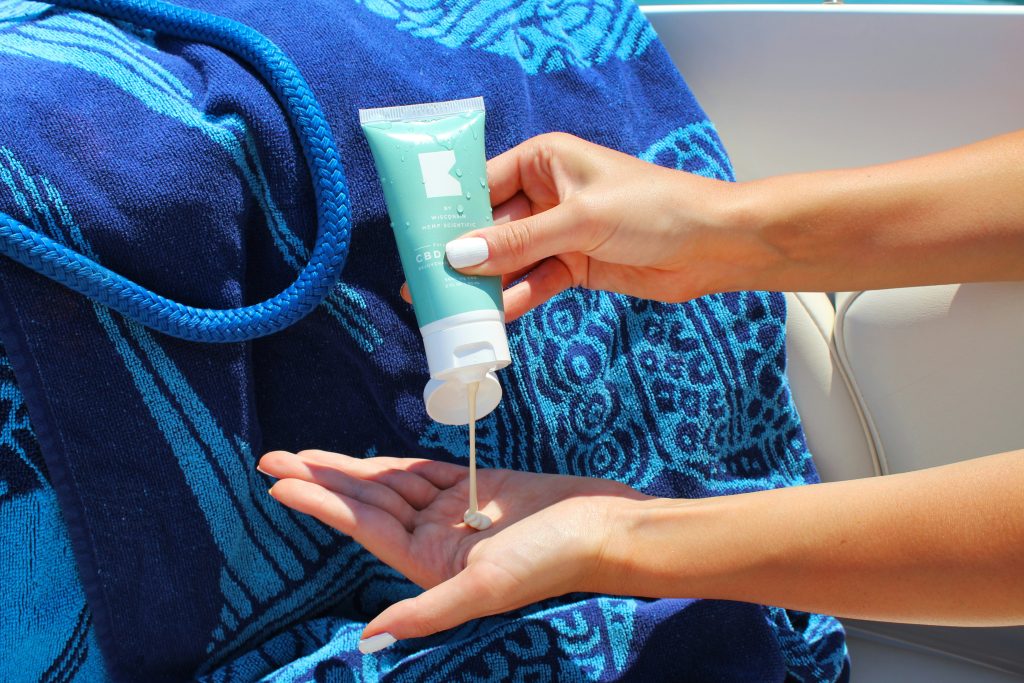
If there’s one step you should never skip, it’s sunscreen. Daily SPF application prevents premature aging, hyperpigmentation, and skin damage.
Best practice: Choose a broad-spectrum SPF 30 or higher that suits your skin type. Mineral sunscreens are great for sensitive skin, while lightweight chemical sunscreens work well for daily wear. Apply it every morning—even on cloudy days.
Step 5: Exfoliate Wisely (But Not Daily!)
Over-exfoliation can damage your skin barrier. Instead of scrubbing daily, a minimalist routine includes a gentle exfoliant 1-2 times a week to keep your skin smooth and radiant.
Best practice:
- AHAs (like glycolic acid) for dry or aging skin.
- BHAs (like salicylic acid) for oily and acne-prone skin.
- Avoid harsh physical scrubs that can cause micro tear
Step 6: Listen to Your Skin
One of the biggest benefits of minimalism in skincare is that it encourages you to tune into your skin’s real needs. Instead of relying on trends, focus on how your skin reacts. If it’s feeling dry, boost hydration. If breakouts occur, adjust your ingredients. Less is more when it comes to skincare.
Step 7: Nighttime Routine – Keep It Simple
Your evening routine doesn’t need to be complicated. At night, your skin focuses on repair and recovery, so a few targeted products are all you need.
Best practice:
- Double cleanse if wearing makeup or sunscreen.
- Apply your chosen serum (hydration, repair, or brightening).
- If addressing ageing issues, think about retinol or peptides; avoid mixing too many actives at once.
Best practice: Stay with a basic, efficient regimen that supports the nighttime rejuvenation process of your skin. This helps your skin regenerate overnight.
Common Mistakes to Avoid in a Minimalist Skincare Routine
Even with a simplified approach, there are some pitfalls to watch out for:
- Skipping Sunscreen: No matter how minimalist your routine is, SPF is non-negotiable.
- Using Too Many Active Ingredients at Once: Mixing multiple acids and retinoids can lead to irritation.
- Changing Products Too Often: Stick with a routine for at least 4-6 weeks before judging results.
- Ignoring Your Skin Type: Minimalist doesn’t mean using the wrong products. Choose formulas tailored to your skin’s needs.
- Too frequent product switching: “Many people give up on products too soon. See actual benefits by sticking with a product for at least four to six weeks.
- Neglecting lifestyle elements: “Skincare isn’t just about products—hydration, diet, and stress management all affect your skin’s health.”
Why a Minimalist Skincare Routine Works
- Saves Money: You invest in fewer, high-quality products that deliver results instead of wasting money on excess.
- Prevents Skin Irritation: Overloading your skin can lead to sensitivity and breakouts.
- Easy to Stick To: A simple, effective routine means consistency, which is key for healthy skin.
- Reduces Decision Fatigue: No more guesswork—just a streamlined routine that works.
The Takeaway: Simplify for Better Skin
Looking back, my skin never needed ten different products—it needed consistency, hydration, protection, and balance. A minimalist skincare routine isn’t just about using fewer products; it’s about choosing the right ones that truly make a difference. If you’re ready to ditch the clutter and embrace simplicity, follow these seven steps: cleanse, apply serum, moisturize, protect with SPF, exfoliate sparingly, listen to your skin, and build a simple nighttime routine. Your skin (and wallet) will thank you!
Are you considering simplifying your skincare routine? Share your experience in the comments—I’d love to hear your thoughts!

